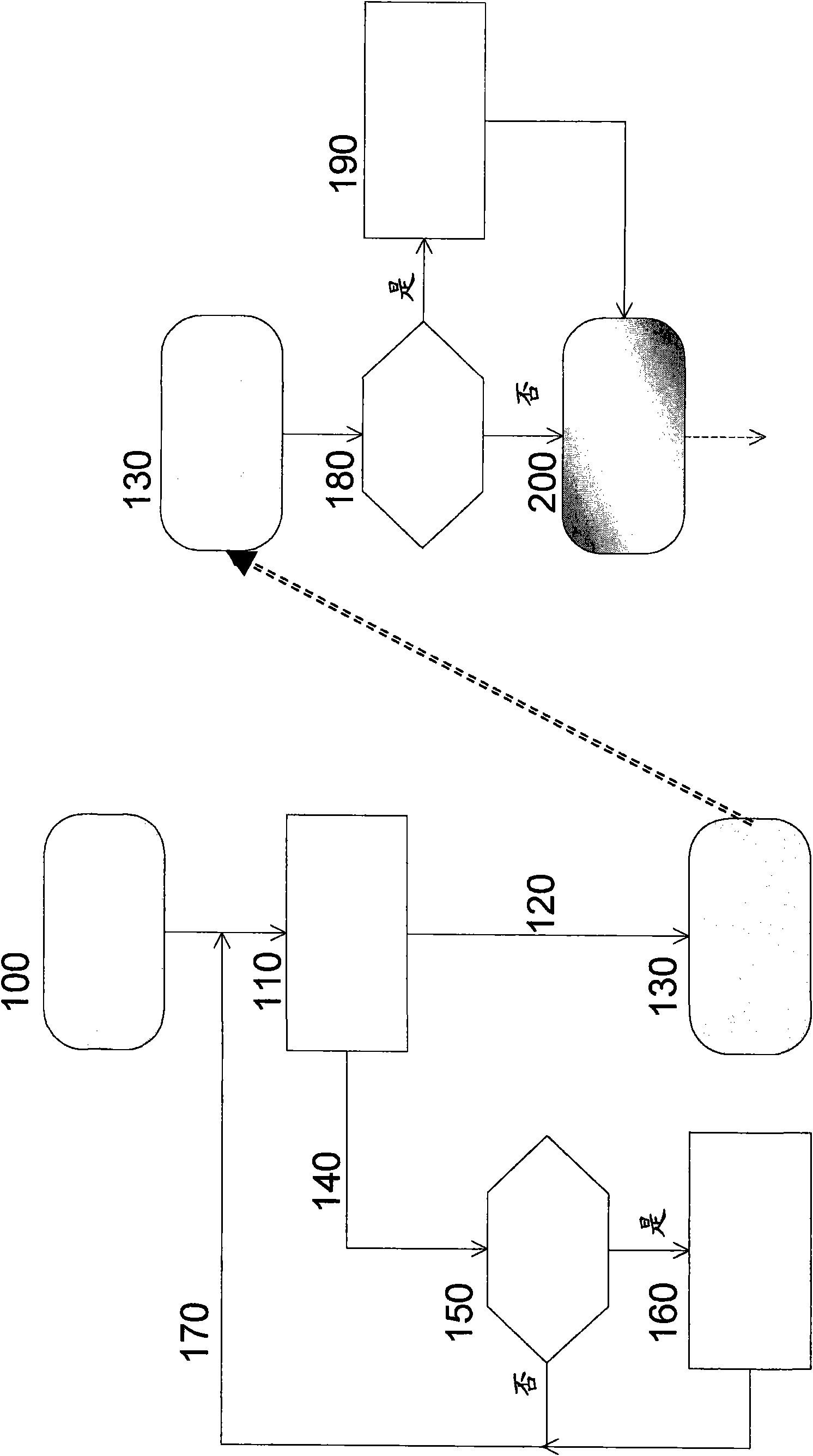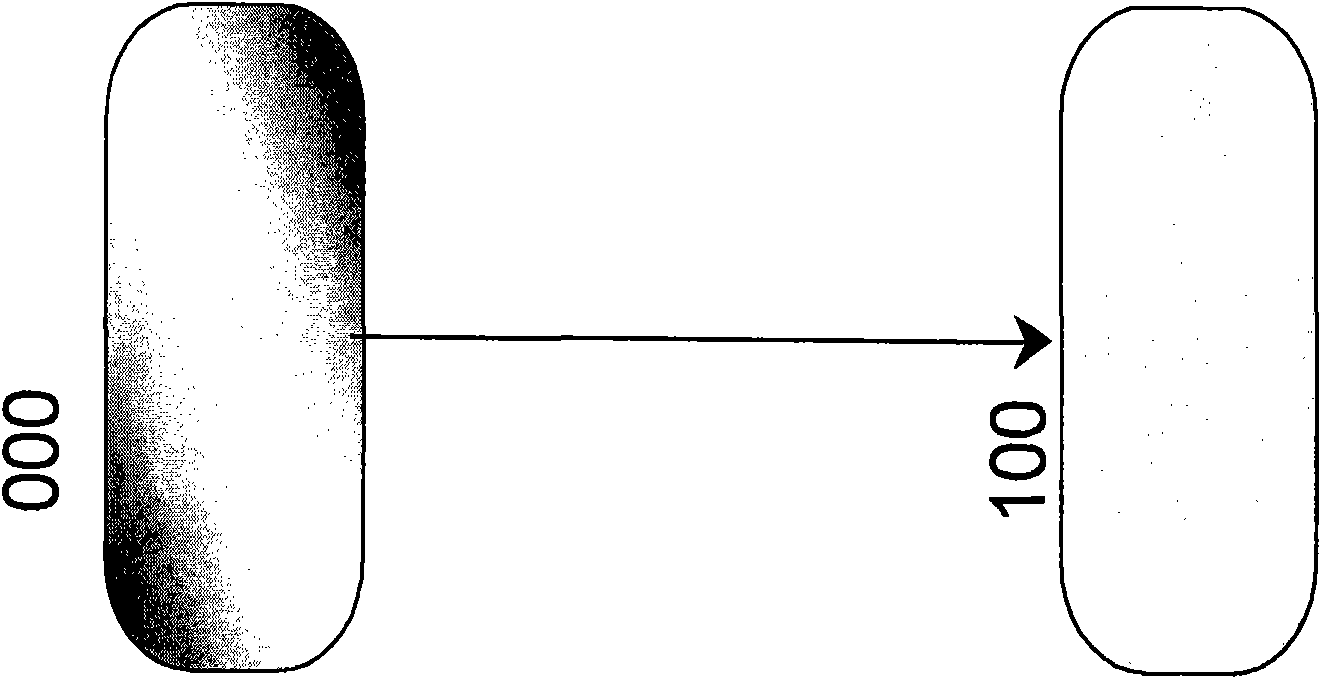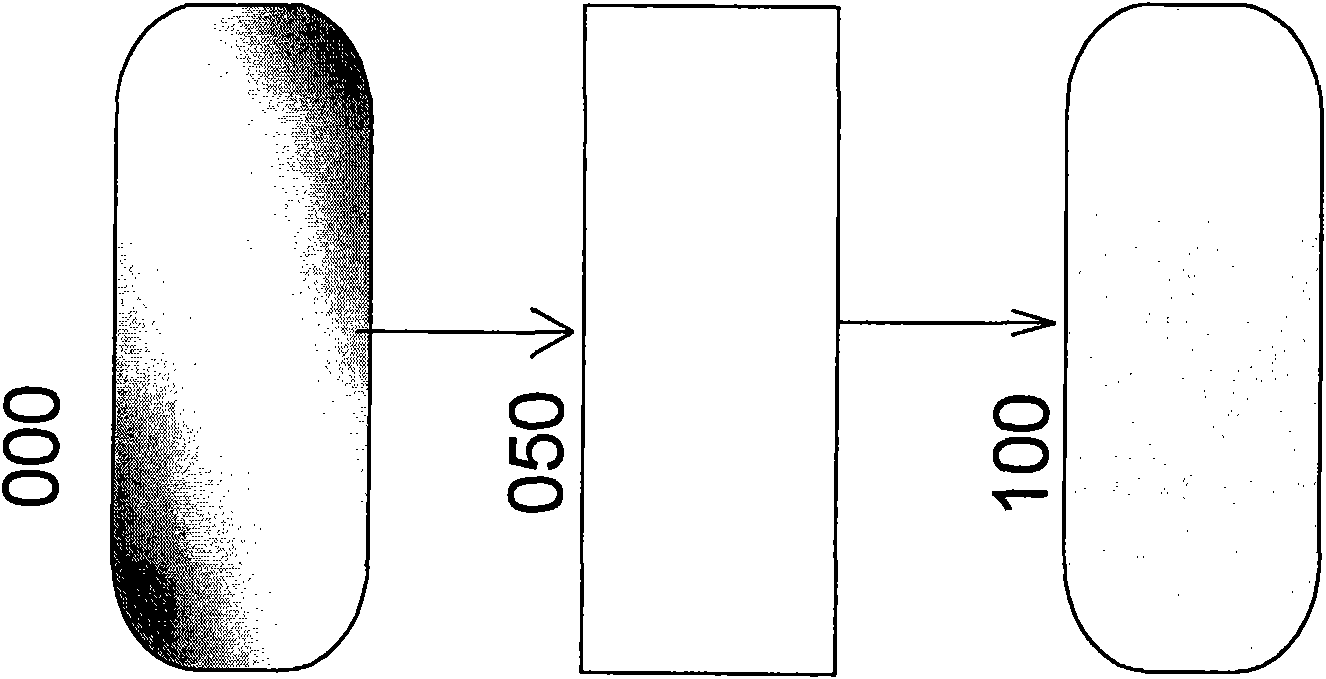TR-069 savepoints
A technology of saving points and timing saving, which is applied in data exchange details, transmission systems, telephone communication, etc., and can solve problems such as unforeseen fallback mechanism feedback links, etc.
- Summary
- Abstract
- Description
- Claims
- Application Information
AI Technical Summary
Problems solved by technology
Method used
Image
Examples
Embodiment Construction
[0048] figure 1 The shown method is used to improve the security of actions performed by Remote Procedure Calls RPCs invoked during a TR-069 Remote Management Protocol session, hereafter referred to only as a TR-069 session, which is a session in a DSL telecommunications system between the client equipment CPE and the auto-configuration server ACS. The TR-069 session consists of several Remote Procedure Calls RPCs that perform actions on parameters of the object model.
[0049] A Remote Procedure Call (RPC) is performed as an atomic action, ie either the RPC succeeds and the action takes full effect, or the RPC fails and the final partial change has not been completed until the point at which the RPC is executed. For example, SetParameterValues, SetParameterAttributes, AddObject, etc. will not affect the object model if an error occurs during the execution of the RPC.
[0050] While RPC atomicity protects changes that occur at the individual RPC level, the present invention ...
PUM
 Login to View More
Login to View More Abstract
Description
Claims
Application Information
 Login to View More
Login to View More - R&D
- Intellectual Property
- Life Sciences
- Materials
- Tech Scout
- Unparalleled Data Quality
- Higher Quality Content
- 60% Fewer Hallucinations
Browse by: Latest US Patents, China's latest patents, Technical Efficacy Thesaurus, Application Domain, Technology Topic, Popular Technical Reports.
© 2025 PatSnap. All rights reserved.Legal|Privacy policy|Modern Slavery Act Transparency Statement|Sitemap|About US| Contact US: help@patsnap.com



